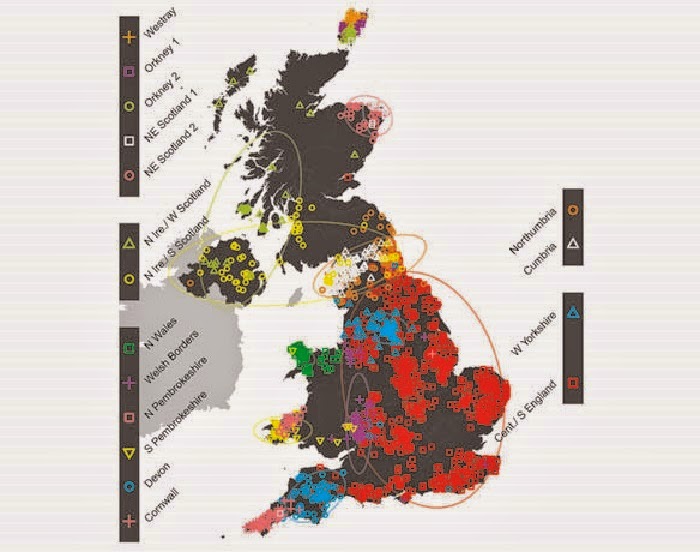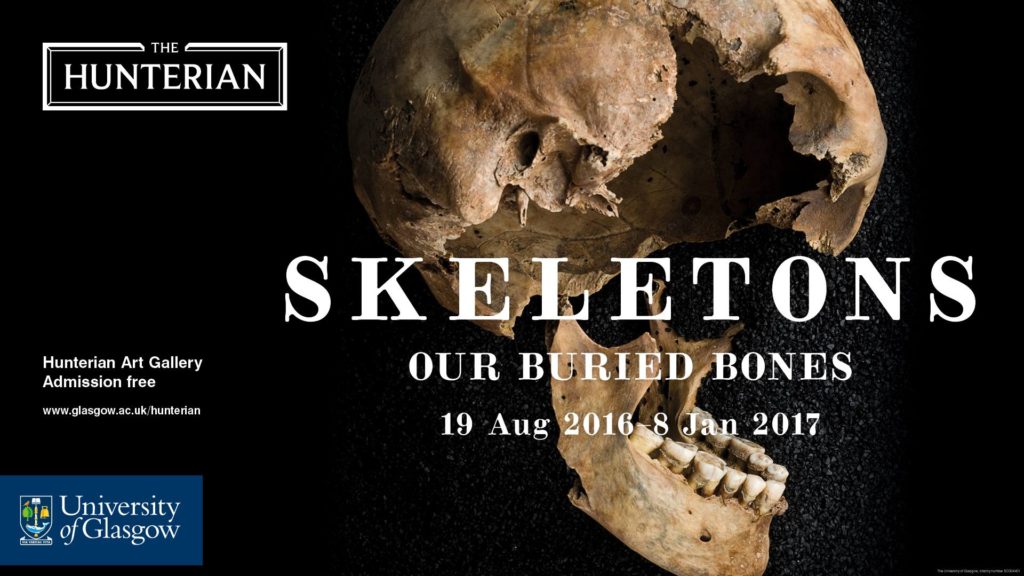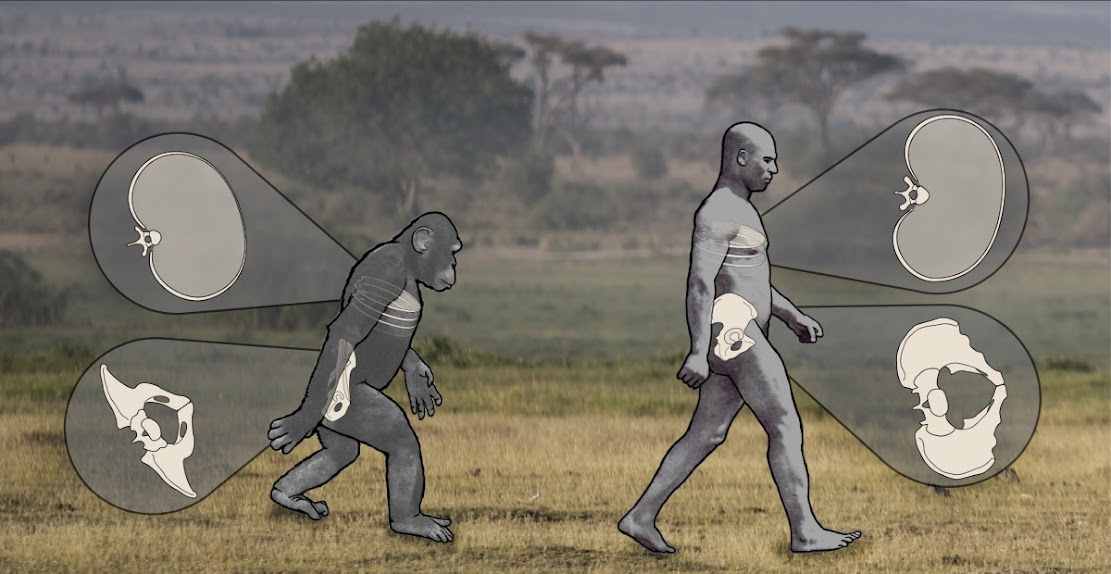The Great London [Search results for health]
Environment: Kew report urges global scientific community to secure health of the planet

Natural Heritage: More infectious diseases emerging because of climate change

Europe: Skeletal marker of physiological stress might indicate good, rather than poor, health

UK: More than one in ten UK species threatened with extinction

Forensics: New research to shed fresh light on the impact of industrialisation

Genetics: A federal origin of Stone Age farming

Environment: Wildfire on warming planet requires adaptive capacity at local, national, international scales

Genetics: First fine-scale genetic map of the British Isles

Natural Heritage: Scientists warn only 'simplified', degraded tropical forest may remain by end of century

Scotland: 'Skeletons: Our Buried Bones' at the Hunterian Museum, Glasgow

Exhibitions: Egyptian mummies virtually unwrapped in Australia

Earth Science: New evidence found of land and ocean responses to climate change over last millennium

Genetics: Scientists sequence ancient British 'gladiator' genomes from Roman York

Oceans: Almost all seabirds to have plastic in gut by 2050

UK: Discovery of rare Anglo-Saxon burials is revealed

Turkey: Early farmers from across Europe were direct descendants of Aegeans

Natural Heritage: Global wildlife populations decline by 58 percent

Genetics: Obesity in humans linked to fat gene in prehistoric apes

Greenland: What the Inuit can tell us about omega-3 fats and ‘paleo’ diets

UK: Rare discovery of Late Roman official buried in Leicester
